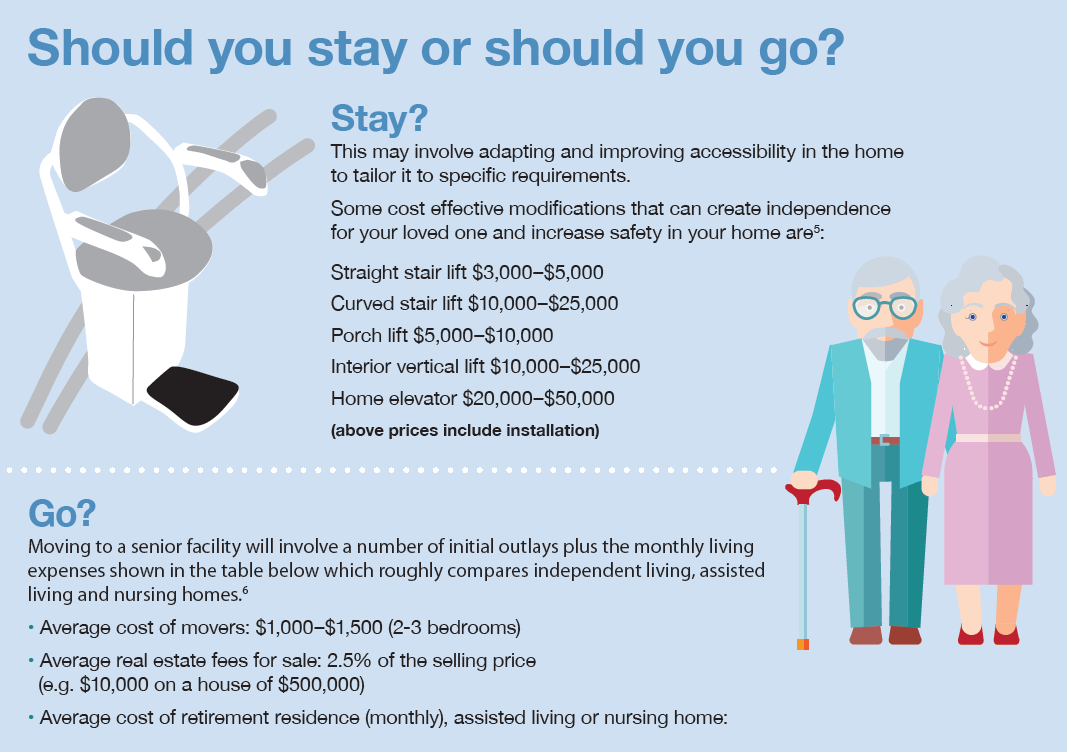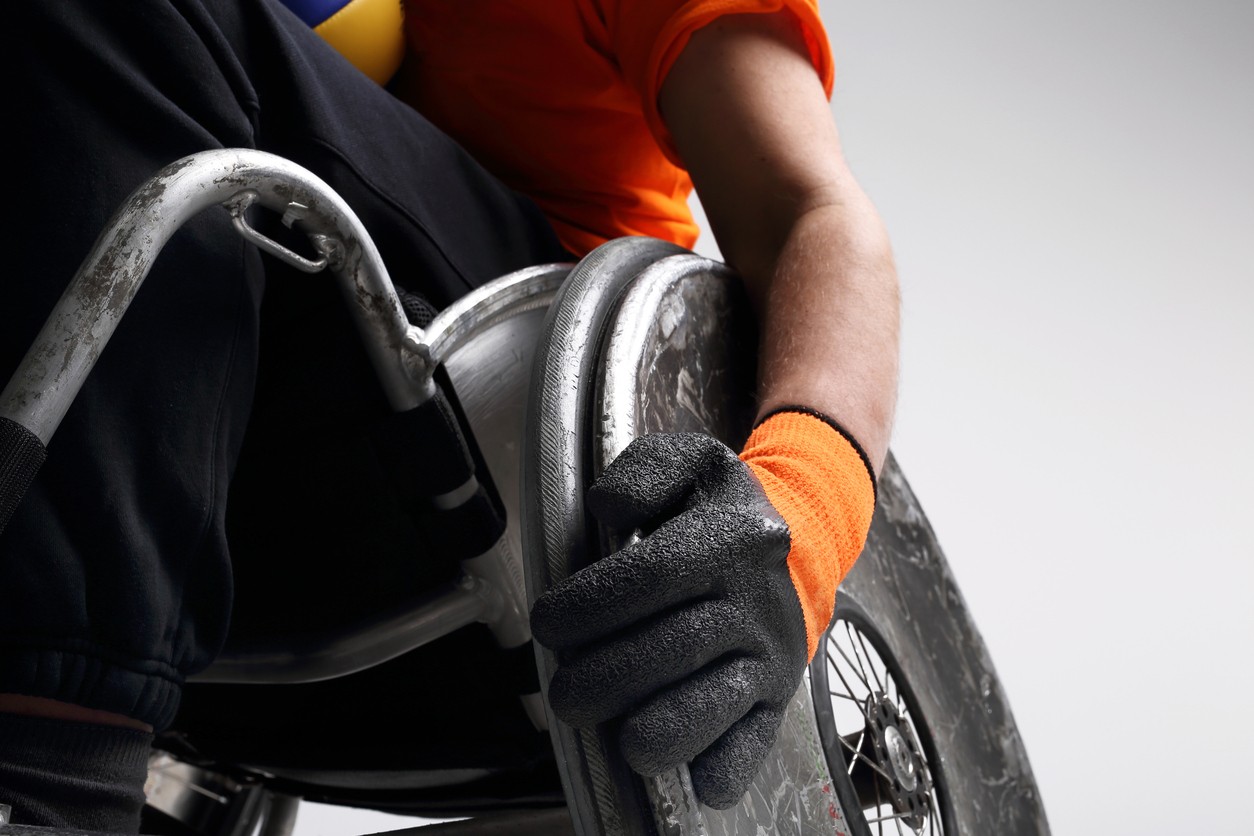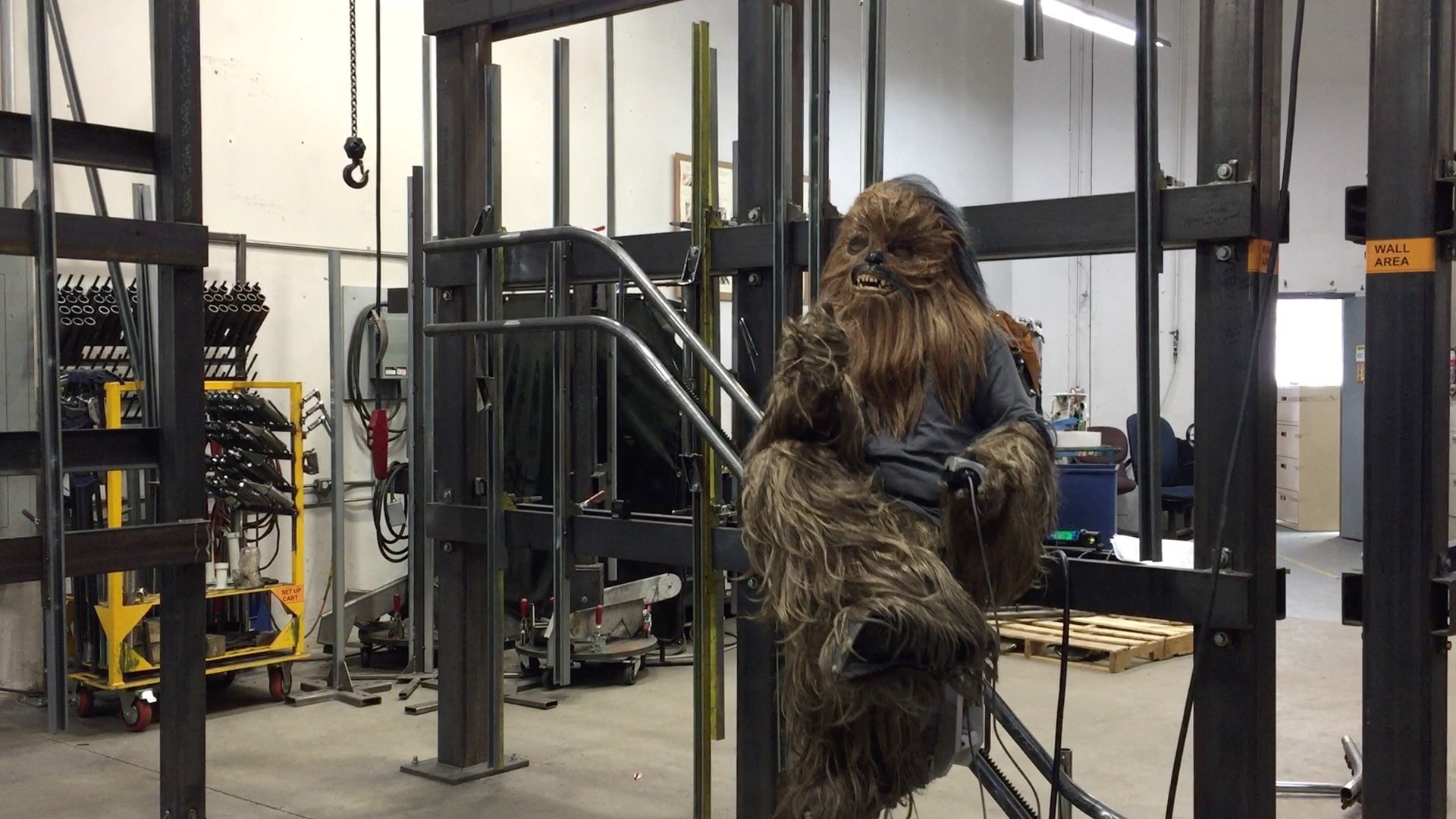The future is today.
Twenty-seven years ago, a pesky teenage Marty McFly and his middle-aged, eccentric friend, Doc Brown, gigawatted their way to October 21st in the 1989 film Back to the Future II.
Complete with hoverboards, self tying shoes, holographic billboards and food hydrators, the future was an entertaining prediction into what life could look like in a new millennium. But the present as we know it, isn’t exactly how Back to the Future II director Robert Zemekis portrayed it to be.
Predicting the future is never an easy endeavour. In 1989, Marcel Bourassa made a prediction but unlike Zemekis, his idea of the future was free of flying DeLoreans and hoverboards. Instead, his prediction was recognizing an aging society’s growing need for home elevators and accessibility products.
“When I finished university, I was a consultant, I said I have to find an industry, an industry of the future,” explained Bourassa.
For $200,000 Bourassa bought Savaria, a 4-person Quebec lift company. He has since turned it into a leader in the mobility industry. In addition to home elevators, Savaria manufactures stairlifts, wheelchair lifts and wheelchair conversion vans. The company owns Silver Cross a home healthcare store with franchises throughout Canada and the US and recently opened Silver Cross Automotive, Canada’s largest accessible vehicle retailer.
“With the aging of the population, our product is improving every year,” said Bourassa about the accessibility industry. “Gold and gas can go up and down in price, you never know. But the ageing of the population, nothing stops that.”
In North America over 10,000 people turn 65 each day. That’s a lot of birthday candles and not a lot of flying cars.
There is a proposed 20 km high inflatable space elevator from Canadian firm Thoth Technology Inc but standard elevator technology is mechanical and not really that different from what it was decades ago.
“An elevator isn’t complicated, you have a cylinder, a pump and a controller and there you are,” explained Bourassa.
However, what has changed is the perception of the home elevator. Long thought of as a luxury item or sign of wealth, a home elevator is now a necessity for someone wanting to stay in their house long term. Starting at $20,000 – $25,000 installed, a Savaria elevator is roughly the cost of a swimming pool but can have a bigger impact on your home’s resale value.
“If you have an elevator in your home it increases the resale value of it over 10%,” said Bourassa. “It’s a great selling point, you can attract someone 40 years old, 50 years old, even 80 years old.”
Over 80% of people want to stay in their homes, they don’t want to move to a retirement home or live with their kids. Changing how they interact and navigate in their house is imperative to their well being.
The yuppie of the ‘80s who may have been driving the stainless steel DeLorean is now the demographic for remodelling their house to age in place; preparing for a time when they may require larger bathrooms, wider hallways and a home elevator.
Accurately predicting the future is never easy. With no flux capacitor, it’s impossible to know exactly what life will look like in 30 years.
But you can guarantee one thing, where Savaria’s going, they won’t need roads…ahem…stairs.






